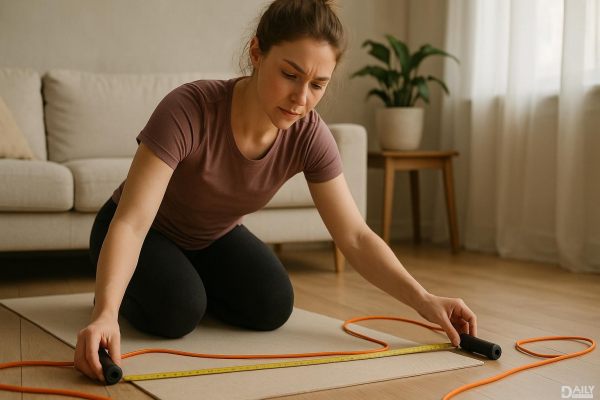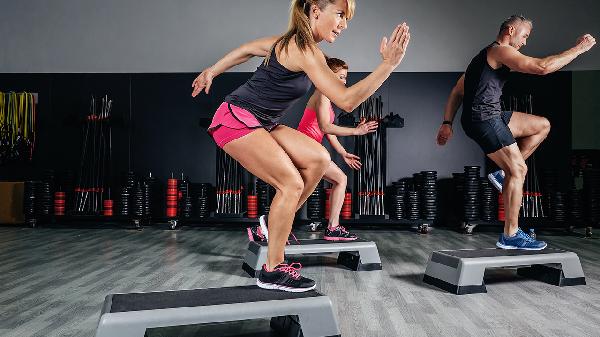If you’ve ever found yourself tangled in a jump rope that’s either too long or too short, you’re not alone. Measuring your jump rope correctly is the secret sauce to nailing your workout without tripping over yourself. It’s not rocket science, but it does require a bit of know-how. Let’s break it down so you can skip the frustration and jump straight into the fun.

First things first, why does the length of your jump rope even matter? Well, a rope that’s too long will drag on the ground, making it harder to control and slowing you down. On the flip side, a rope that’s too short will have you hunched over like Quasimodo, and trust me, your back won’t thank you. The right length ensures smooth, efficient movement, so you can focus on crushing your workout instead of fighting with your equipment.
Alright, let’s get into the nitty-gritty. Here’s how to measure your jump rope like a pro:
1. Stand on the middle of the rope with one foot. Make sure the rope is flat against the ground and your foot is centered.
2. Pull the handles upward, keeping them close to your body. The tops of the handles should reach somewhere between your armpits and shoulders. If they’re way above your shoulders, the rope’s too short. If they’re below your armpits, it’s too long.
3. Adjust the length accordingly. Most jump ropes have adjustable mechanisms, so you can tweak the length until it’s just right.
Not all jump ropes are created equal, and neither are all jumpers. Depending on your style, you might need to tweak the length a bit:
- Speed Jumping: If you’re all about speed, go for a slightly shorter rope. It’ll help you whip through those rotations faster.
- Freestyle Jumping: For tricks and fancy footwork, a longer rope gives you more room to maneuver.
- CrossFit or Double-Unders: Stick to the standard armpit-to-shoulder range for optimal performance.
Even with the best intentions, it’s easy to mess up your jump rope measurement. Here are some pitfalls to watch out for:
- Measuring While Wearing Shoes: Always measure with the shoes you’ll be jumping in. Different soles can throw off the length.
- Ignoring Your Height: Taller folks naturally need longer ropes, while shorter individuals should opt for shorter ones. Don’t try to force a one-size-fits-all approach.
- Forgetting to Test It: After adjusting, give it a quick test run. A few jumps will tell you if it’s the right fit or if you need to tweak it further.
Even the best jump ropes don’t last forever. Over time, the rope can wear out, the handles might get loose, or the length adjustment mechanism could fail. If you’re constantly struggling with your rope despite proper measurement, it might be time to invest in a new one. Look for signs like fraying, stiffness, or difficulty adjusting the length.
Measuring your jump rope correctly is a small but crucial step in maximizing your workout efficiency and enjoyment. With these tips, you’ll be able to find the perfect length for your needs and avoid the common pitfalls that trip up so many jumpers. So grab your rope, measure it up, and get ready to jump like a pro!
























